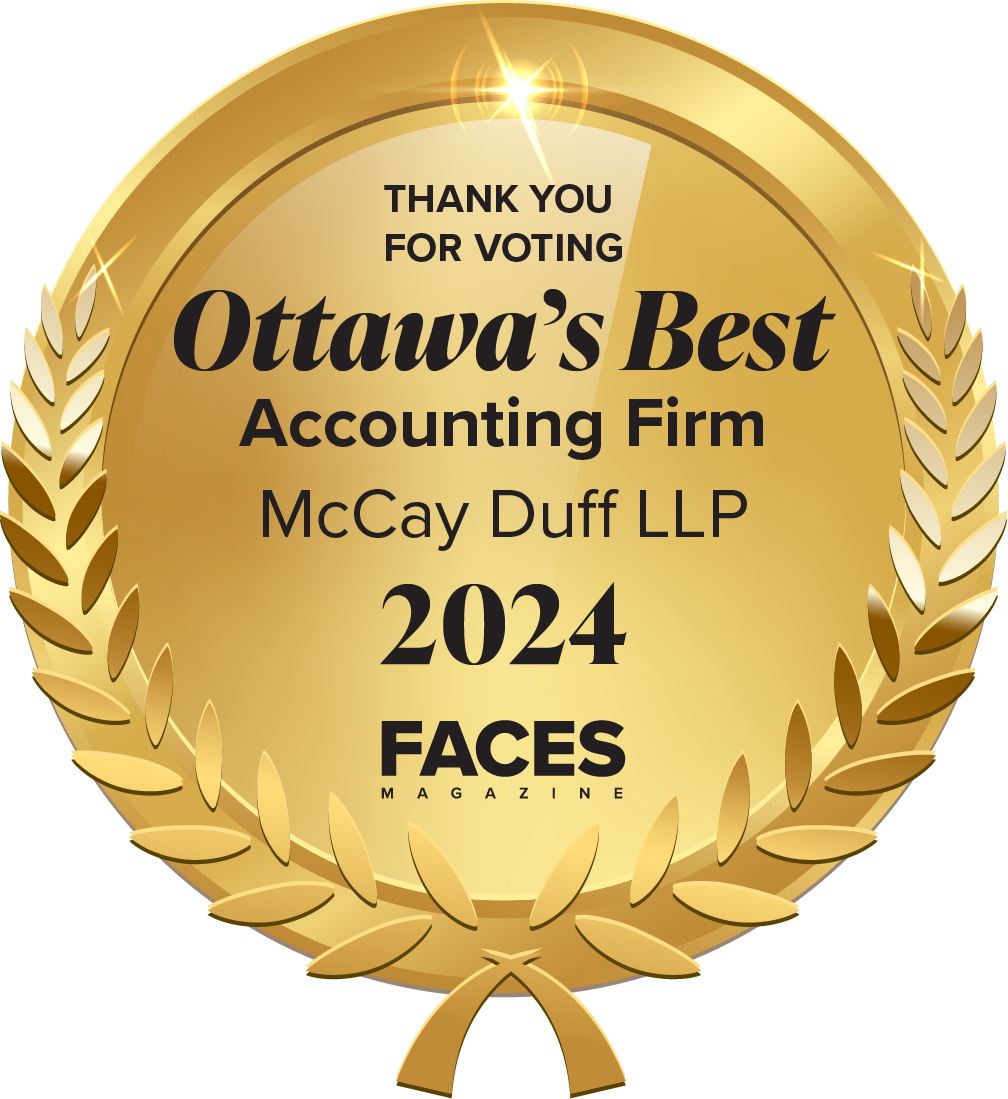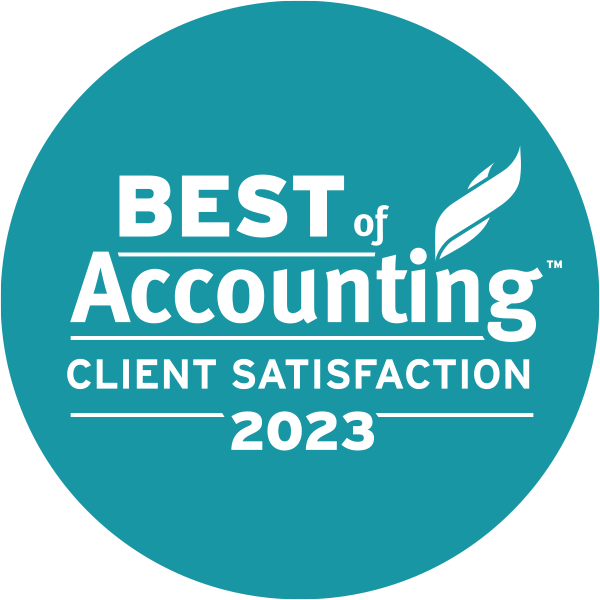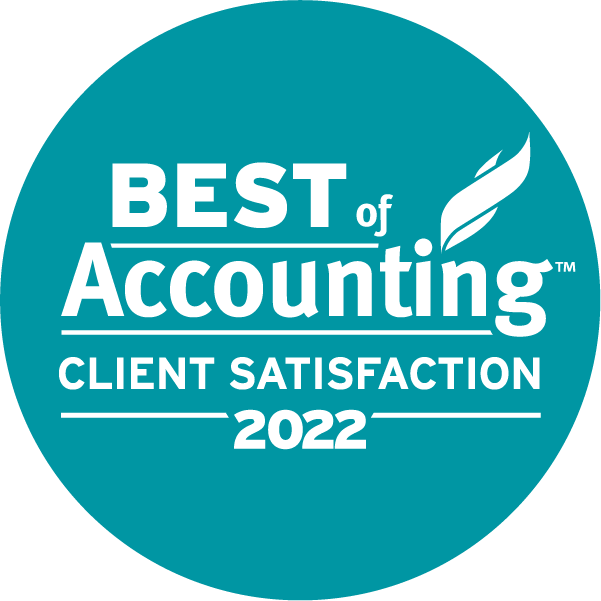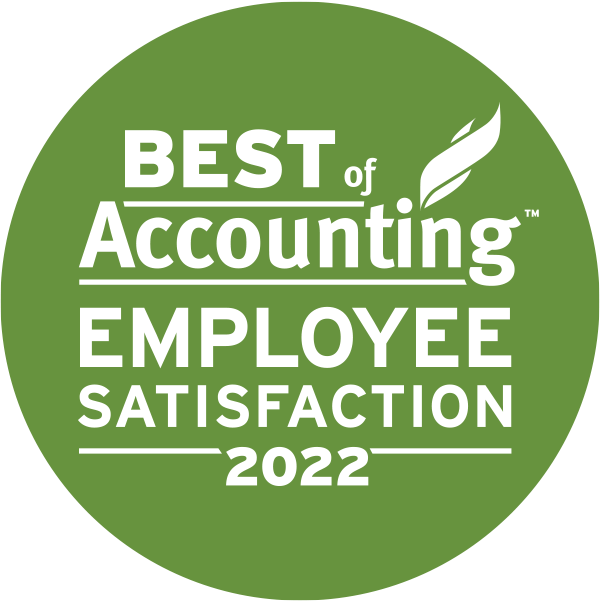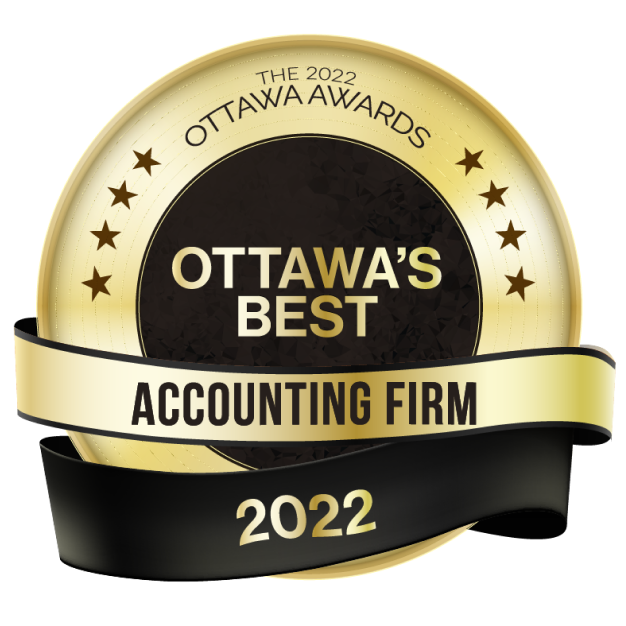Every business, big or small, starts with one individual, the sole proprietor, or a few individuals. There comes the point when you incorporate your business into a separate entity and transfer the assets and goodwill you built as a sole proprietor to the corporation. But the transfer or rollover of assets to the newly incorporated company brings personal tax implications. You can use Section 85 rollover to reduce tax bills from transferring your asset to your company and defer it when you sell it to a third party.
This article will touch on the basics of the section 85 rollover and why, when, and how small business owners can use it.
What Is Section 85 Rollover?
A Section 85 Rollover allows sole proprietors to transfer eligible assets to a corporation on a tax-deferred basis. The rollover needs:
- an eligible transferor who is a taxpayer (individual, corporation, trust),
- an eligible transferee, a taxable corporation incorporated in Canada,
- and an eligible asset – depreciable, non-depreciable capital property, inventory, resource property, and more.
As a transferor, you can transfer eligible assets to the corporation in return for company shares or a mix of share and non-share consideration. This consideration can either be fair market value (FMV) or adjusted cost base (ACB) (the cost of the asset + other costs incurred to acquire the asset).
For instance, John has a capital property with an ACB of $100,000 and an FMV of $120,000. He elects for section 85 and transfers the property to X corporation in return for $99,900 worth of shares and $100 in cash. As John sold the property at ACB, there was no capital gain. He incurs a $0 tax liability on this transfer under section 85 rollover.
How Section 85 Rollover Works For Small Business Owners?
When you elect for Section 85 rollover, you can determine the amount at which you want to transfer the asset. Otherwise, you must transfer at FMV and realize the tax in the same year. Let’s see what a transfer would look like with and without Section 85 rollover.
Without Section 85 rollover: Following the above example, John will have to sell the property to X Corporation (of which he is the owner) for $120,000. X Corporation gets a $120,000 asset on its balance sheet, and John incurs a capital gain of $20,000 ($120,000 FMV – $100,000 ACB).
After three years, X Corporation sells the property for $150,000, incurring a capital gain of $30,000.
The tax implication is as follows:
- The first year of incorporation – John is taxed on $20,000 capital gains when he transfers the property to X corporation.
- The fifth year of asset sale – The X corporation is taxed on a $30,000 capital gain when it sells the property to a third party.
With Section 85 rollover: John sells the property for $100,000 ACB ($99,900 shares and $100 cash) to the X Corporation and incurs no capital gain. The company gets a $ 100 asset and issues $99,900 worth of shares in paid-up capital to John. The company sells the property for $150,000.
The tax implication is as follows:
- The first year of incorporation – John is taxed $0 capital gain when the property is transferred to X corporation. He will incur tax when he sells his shares.
- The fifth year of asset sale – The X corporation is taxed on a $149,900 capital gain ($150,000 – $100) when it sells the property to a third party.
As you can see, Section 85 rollover is beneficial for personal tax. It does not eliminate your tax liability but defers it to a future date when you sell the asset for a gain/loss. Also, note that corporations have a lower tax rate than individuals.
How Can Small Business Owners Elect for Section 85 Rollover?
Now comes the implementation part, which can become technical. As you claim Section 85 rollover in the year of asset transfer, you have to elect for Section 85 before the tax return deadline of the sole proprietor or the corporation, whichever is earlier. The CRA does accept the election within three years from the original deadline, but it will impose a late filing penalty. And if you delay it beyond three years, a justification for the same will be required, with no assurance the CRA might accept.
- Before incorporating your business, determine the assets you want to transfer and calculate their value.
- Incorporate your business, get a business number, register with the CRA, and determine your shareholding structure to support the Section 85 rollover.
- Transfer the assets using a Schedule 85 election to the corporation at the amount you decide. All transfers must be documented in a purchase and sale agreement stating transaction details.
- Complete the T2057 form and file it with your personal tax return and a purchase and sale agreement.
- Declare the capital gain tax on your personal tax return.
All the above steps are technical and should be undertaken with the help of lawyers and accountants. A professional accountant can help you effectively use section 85 rollover for various use cases and asset types like customer lists, web content, or subscribers, where your only cost is your time.
Contact McCay Duff LLP in Ottawa for Expert Asset Planning and Transfer
A skilled accountant can help you plan your asset transfer tax-efficiently. At McCay Duff LLP, our accountants and tax experts can provide services to support your tax planning and incorporation, whether you need partial or complete support. In addition, we can provide you with recommendations on shareholding structures best suited for your business. To learn more about how McCay Duff LLP can provide you with asset planning expertise, don’t hesitate to contact us online or by telephone at 613-236-2367, or toll-free at 1-800-267-6551.

